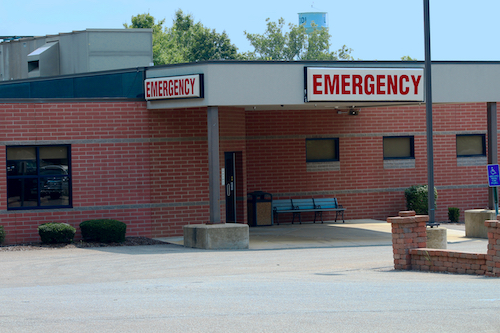
February 2, 2023 – Wipfli LLP (Wipfli), a top 20 accounting and advisory firm, published a new report based on a survey of 110 rural healthcare organizations across 25 states to learn how they’re coping with economic and regulatory challenges. Despite a record number of rural hospitals closing during the past two years and several other rural hospitals at risk of closure, the State of Rural Healthcare report reveals that organizations surveyed are cautiously optimistic for the future.
Nearly all of the organizations surveyed received Provider Relief Funds during the pandemic, and two-thirds of respondents indicated that their financial situation has either stayed the same or improved from five years prior. Encouragingly, 65 percent of institutions surveyed are confident that they won’t merge with another organization in the next five years, rather anticipating growth instead of consolidation. In fact, 75 percent anticipate revenue to either grow or remain flat over the next three years.
However, the report notes that the road to that growth won’t be easy. Rural health organizations’ top concern is the cost of labor, benefits and other people expenses as a major budgeting problem. Rural health organizations are still heavily impacted by the staffing and labor shortage; almost 90 percent of respondents stated that they experienced a worker shortage. Additionally, respondents are struggling to maximize their Medicare and Medicaid reimbursements.
“Rural healthcare organizations are notably prioritizing talent and patient experience to address the staffing crisis,” said Kelly Arduino, healthcare industry leader at Wipfli. “Our research shows that technology strategies and digital transformation plans for the next five years will be crucial to making informed decisions. Only 12 percent of physicians practice in rural communities, where 20 percent of the U.S. population lives. Add on a dwindling and aging workforce in addition to the labor shortage, and rural health organizations have a lot of areas where they need to amplify their workforce with technology.”
To address the talent gap, 78 percent of respondents increased wages, but that strategy isn’t sustainable long term. Other stopgaps include supplementing permanent staff with temporary non-clinical workers and more proactive hiring. Seventeen percent of respondents said they were launching donor campaigns to raise funding. Overall, rural healthcare organizations that are emphasizing human resources to help increase employee retention will be the best equipped to handle the dire needs of the rural health system.
